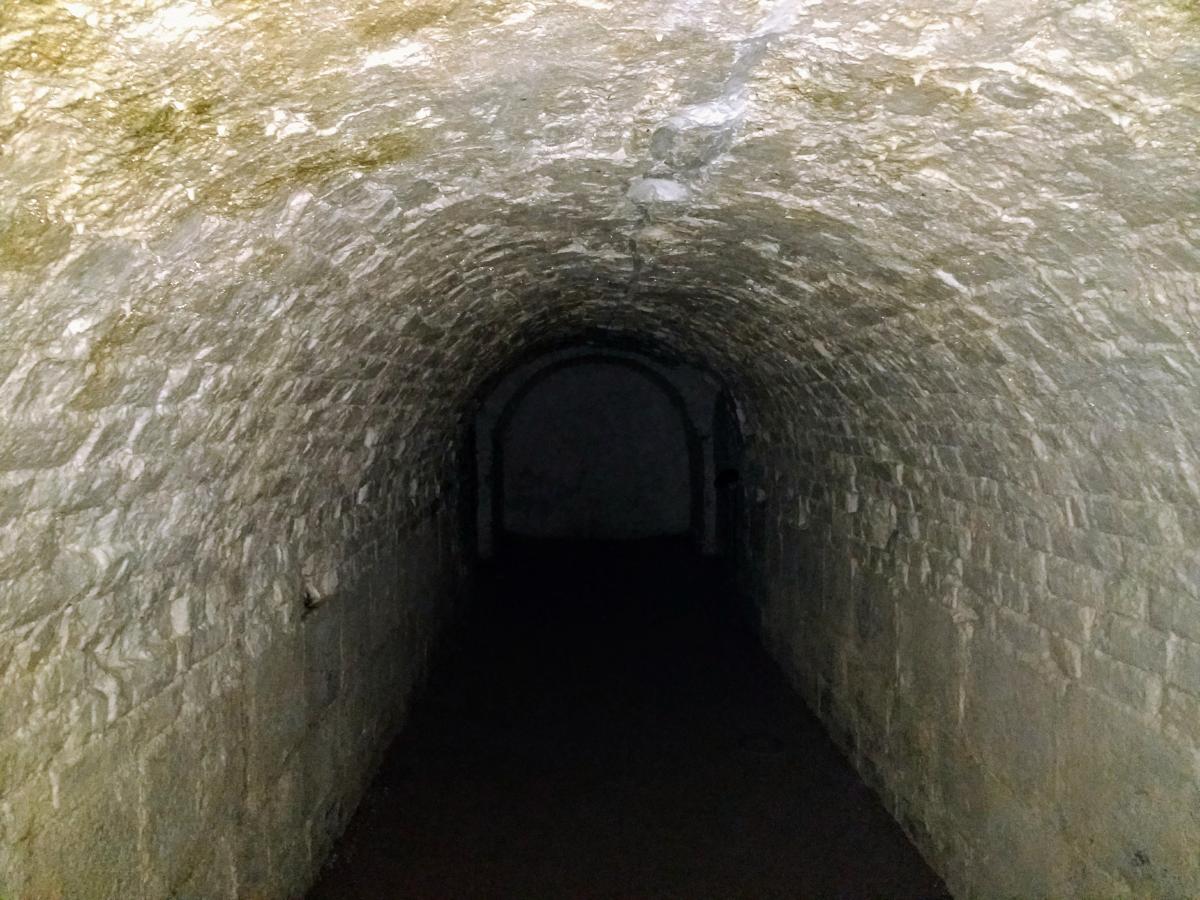Copyright pravda

At the foot of Europe’s ancient landscapes, beneath farmlands and churches, lies a world long forgotten. A vast network of underground tunnels — narrow, smooth, and eerily precise — has been discovered stretching for hundreds of kilometers. Known as Erdstalls, these passages have baffled scientists for decades. Who built them? And more importantly — why? When the Earth Hides Its Secrets Despite centuries of exploration, Europe still hides mysteries beneath its surface. Under the hills of Bavaria and Austria, researchers have uncovered a sprawling labyrinth carved deep into limestone — tunnels so tight that a person can only squeeze through sideways. These structures seem intentional, designed with skill and purpose, yet no tools, bones, or artifacts have ever been found within. The term Erdstall comes from the German for “earth stable.” The name sounds benign — until one steps inside. Narrow, cold, and silent, the tunnels feel less like shelters and more like passages into another time. A Hidden Network Beneath Europe To date, over 2,000 Erdstalls have been documented: about 700 in Bavaria, 500 in Austria, and others scattered across France, the UK, Hungary, the Czech Republic, and Spain. Their layouts are strikingly similar — curved walls, low ceilings, and small chambers — suggesting a shared tradition or ancient technology long lost to history. Entrances are often concealed: beneath church altars, farmhouse floors, or even kitchen hearths. Inside, there’s nothing — no remains, no pottery, no soot. It’s as if someone deliberately erased all traces of use. Who Built Them and Why? Archaeologists tentatively date most tunnels to the Middle Ages (10th–13th centuries), but some researchers, such as Heinrich Kusch, argue they may be much older — up to 5,000 years, possibly linked to Neolithic or early Celtic cultures. In the British Isles, Erdstalls appear near stone circles and megalithic monuments, hinting at a connection with prehistoric ritual sites. Their locations are rarely random. They appear near settlements, under churches, and alongside farms — as if the builders intended them for hidden purposes known only to the initiated. One of the longest known Erdstalls, over 350 meters, was found beneath an old building on the Lizard Peninsula in England. Mystery and Myth Inside, air grows thin and lamps flicker. Some tunnels allow sitting; others barely permit crawling. Marks of doors, hinges, and latches suggest deliberate closure. It is clear these were not natural formations but engineered structures serving an unknown purpose — perhaps refuge, storage, or ritual. Myths and Facts Myth 1: The Erdstalls were built by aliens.Fact: All evidence confirms they were hand-carved by humans using simple tools. Myth 2: The tunnels connect all of Europe.Fact: They are fragmented; most end abruptly or lead to dead ends. Myth 3: The tunnels were used to hide treasure.Fact: No artifacts or valuables have ever been found within them. Frequently Asked Questions How can one visit an Erdstall?Only with official permission and professional supervision. Many are closed to the public for safety reasons. Are there guided tours?Yes — in Austria and Bavaria, some tunnels are open for visitors, equipped with lighting and ventilation. Can they be explored independently?Absolutely not. Without equipment and training, conditions can be life-threatening due to low oxygen and narrow passages. Historical Timeline 10th–13th centuries: Most tunnels likely constructed. 6th century: Possible connection with early Irish and Scottish missionaries. ~5000 years ago: Some tunnels may date to the Neolithic era (Heinrich Kusch hypothesis). 20th century: First systematic archaeological studies in Germany. 21st century: Creation of 3D databases mapping all known Erdstalls. Interesting Facts In Bavaria, one Erdstall was discovered when a cow fell through the ground. The longest known passage extends over 350 meters. Some tunnels are so narrow that explorers must turn sideways to pass. Unanswered Questions Whether built as refuges, ritual chambers, or symbolic gateways between worlds, the Erdstall tunnels remain among Europe’s most enduring archaeological enigmas. As modern technology continues to map these underground labyrinths, one thing becomes clear — Europe’s past is far deeper than anyone imagined.



